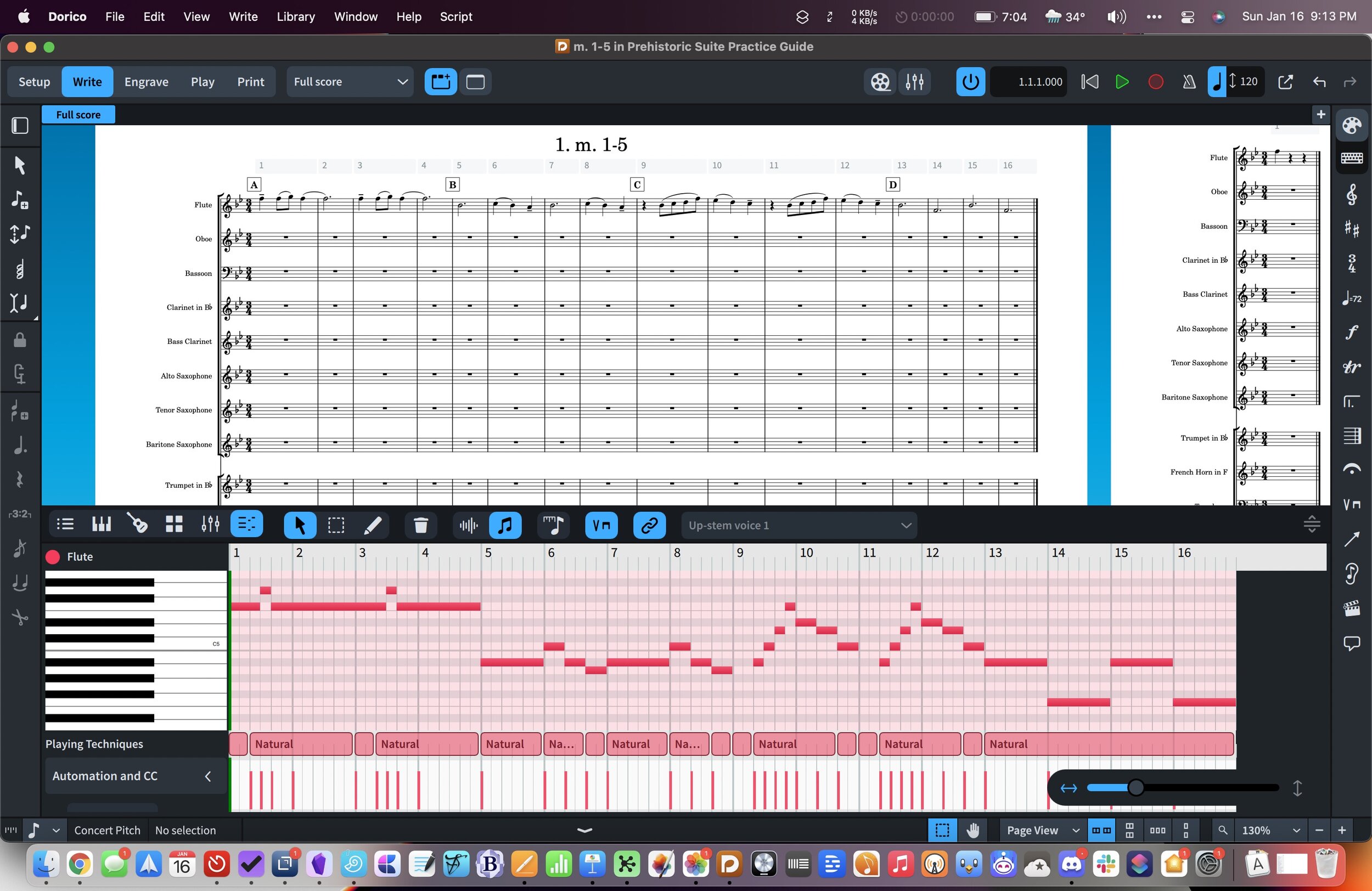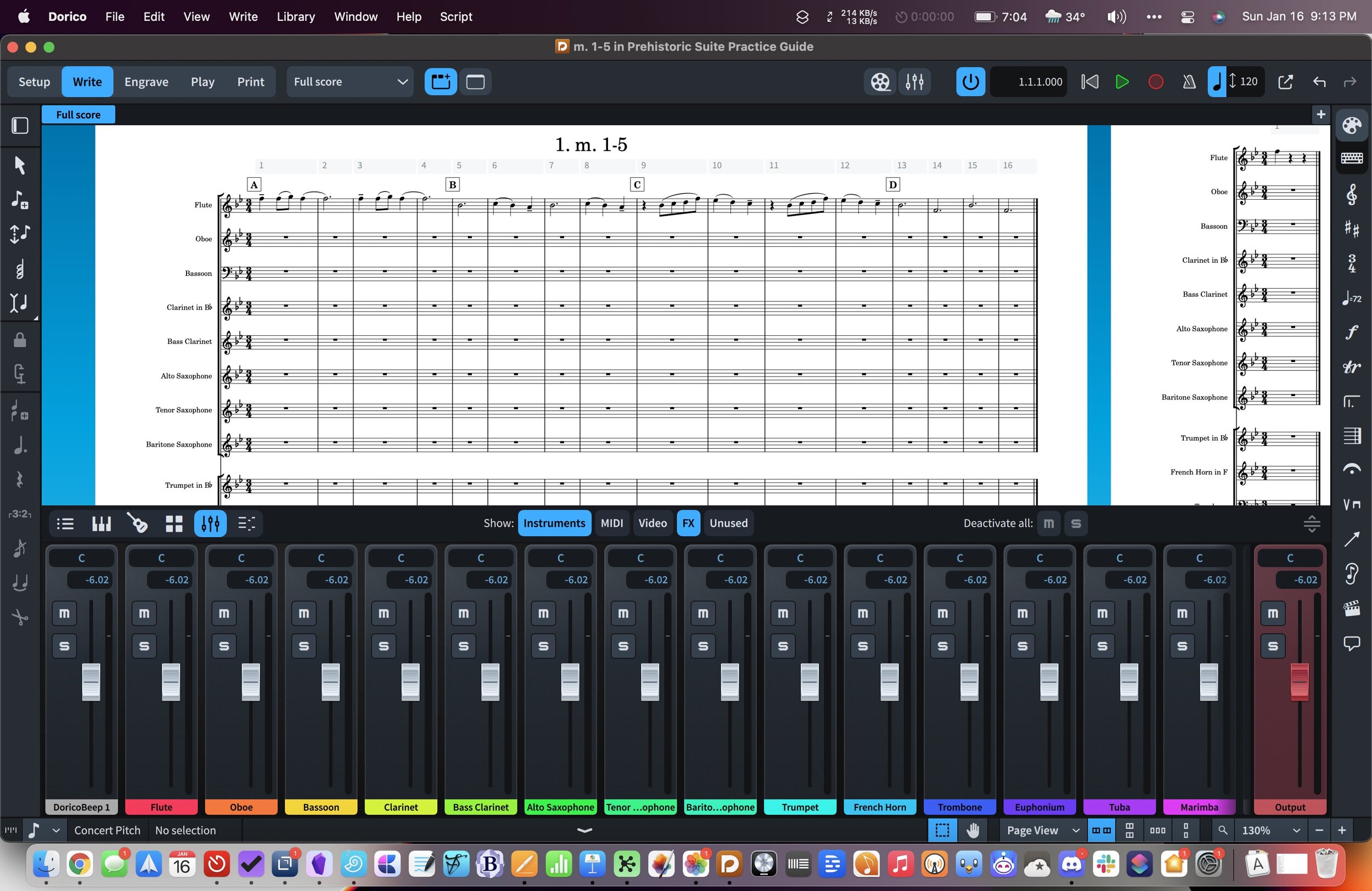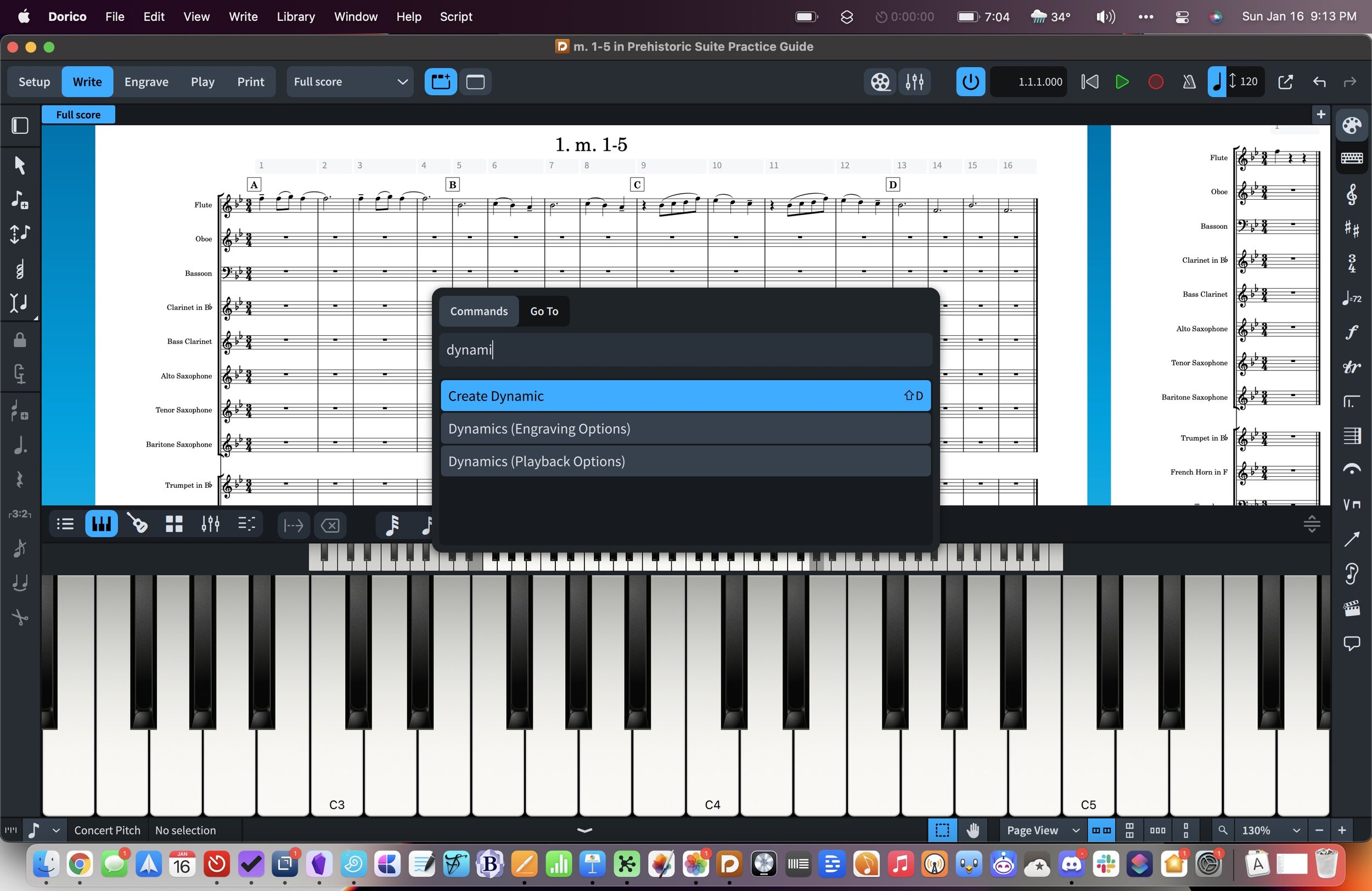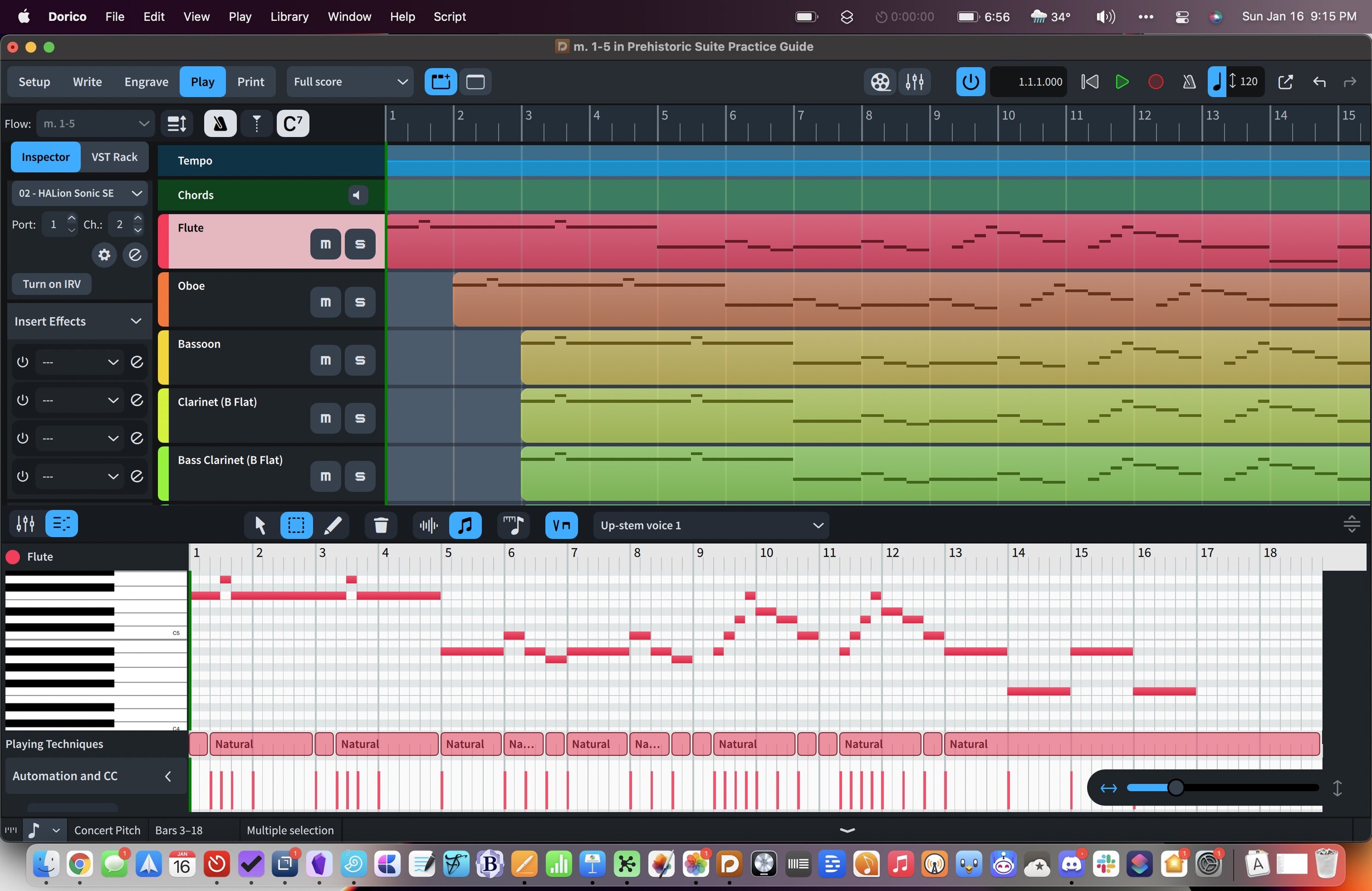Do you have a love/hate relationship with Twitter?
Perhaps you enjoy interacting with people from various circles all over the world, connecting professionally, and learning things from other music educators?
Perhaps you also hate the constant dumpster fire of negativity and hatred that can be seen on the service. Or, if you are like me, you are burnt out on algorithmic social timelines and would prefer to curate your own online experiences.
I'd like to recommend Tweetbot for iOS and Mac. It displays the tweets of the people you follow, in the order they tweet them. It has great mute filters, does not show ads, and doesn't show recommendations or "liked tweets." This is not to mention that it has a beautiful user interface.
Twitter used to not allow third party Twitter clients to do a lot, but this is recently changing. Tweetbot is a viable Twitter experience these days and does not lack any major features that I miss on a daily basis. And they are constantly iterating. Version 7 came out recently and adds statistics. You can read more about it here.


























